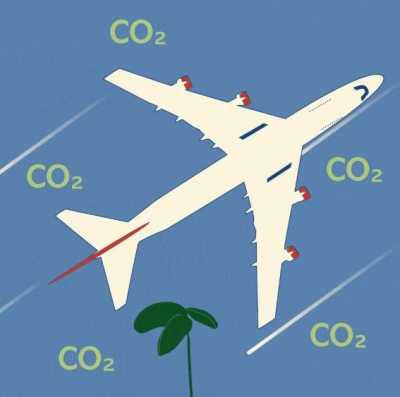
With a warming planet searing us, we are desperate to find cool solutions. In a seeming paradox what contributed to the climate change crisis such as coal plastic and oil rigs also hold the key to eco-friendly solutions. But how? Let’s find out…
Coal is a fossil fuel that is largely blamed for the current climate change crisis. Now, in a seeming paradox, energy experts are turning to long-abandoned coal mines as a source of carbon-free power! These mines are estimated to contain millions of gigawatt hours or GWh of heat, with the potential to store more. Today, there are many ongoing projects across the UK and in Europe to tap this energy source, especially in places where plants that treat toxic mine water from closed mines already exist.
Once a mine is shut down, the shafts fill with water. The water may be surface water (from rainfall or flooding), or groundwater that seeps up from below. The water is naturally warm as it is deep underground, with temperatures ranging from 15 degrees C to 20 degrees C. It is hot enough to heat homes in winter and cool enough to keep them mild in summer. Mine water energy is also 10 per cent cheaper.
It is not a new idea. In 1989, a packaging firm in the town of Springhill, in the Canadian province of Nova Scotia, dug the world’s first borewell to draw up water from dormant coal mines near it to heat its office building.
Futuristic fabric
An American apparel startup called LifeLabs Design set up by a research team from Stanford University, has created clothing from polyethylene (PE) that keeps the wearer’s skin cool in the heat and warm in the cold. The first is called Cool life and the second, you guessed it, WarmLife!
Polyethylene is the type of plastic found in cling wrap and the thin, transparent bags used by grocery stores to pack items. The inventors discovered that the plastic allowed infrared radiation to pass right through it. Most fabrics trap infrared radiation or heat generated by the skin. CoolLife fabric lowers the wearer’s skin temperature by at least 1 degree Celsius when compared to cotton.
The company’s WarmLife fabric works on the principle of reflectivity. The side that touches the skin has a ‘nano coat’ or a microscopic aluminium layer that reflects the body’s infrared radiation and traps that heat inside an inch-thick layer of insulation. The fabric is 30 per cent warmer than clothing of similar weight and bulk.
The company’s WarmLife fabric works on the principle of reflectivity. The side that touches the skin has a ‘nano coat or a microscopic aluminium layer that reflects the body’s infrared radiation and traps that heat inside an inch-thick layer of insulation. The fabric is 30 per cent warmer than clothing of similar weight and bulk.
Polyethylene is the most sustainable among synthetic and natural textiles. The fabrics made from PE are ecologically friendlier than other synthetic and even natural fabrics. Polyester, wool and cotton use large amounts of fuel and water in their entire production process. WarmLife jackets and vests use much less fuel and water in their manufacture. The fabric is 97 per cent recycled material from single-use plastics.
Rigs to reefs
There are more than 12,000 offshore oil and gas platforms worldwide. There comes a time when the rigs produce too little oil and gas for extraction to be profitable. The well is sealed off, but it is too expensive to dismantle the massive structure entirely. The platform which is above the surface is easier to cart away, but the huge steel pylons below it are not. One would expect these rusting hulks to damage marine ecosystems, but surprisingly, they have had the opposite effect!
Offshore oil and gas rigs that have been decommissioned have become safe havens for a variety of marine life! The subsurface rig (the part below the water) provides the ideal skeleton for coral reefs to build on! Decommissioned oil rigs in America are the most productive man-made marine habitats in the world. They provide marine wildlife with food, shelter from predators and a safe breeding ground.
Since 1984, the U.S. government has encouraged states to turn defunct rigs into reefs. Oil companies on the east coast in Alabama, Florida, Louisiana, Mississippi and Texas, have converted more than 500 rigs into artificial reefs. In fact, the rigs in the Gulf of Mexico have become hotspots for diving, snorkelling and recreational fishing.
Picture Credit : Google






